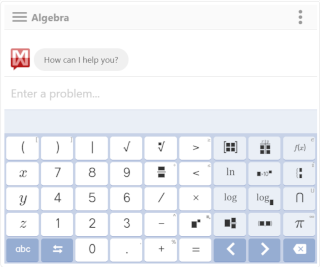Measure Waves Experiment: Physics Required Practical
Waves: GCSE Physics Required Practicals
Observing the properties of waves in liquids and solids.
In this practical you will:
- use a ripple tank to set up waves
- measure the wavelength and frequency of the water waves and use your measurements to calculate the wave speed
- use a vibration generator to set up a stationary wave in a string
- measure the wavelength and frequency of the waves in the string and use your measurements to calculate the wave speed.
Activity 1: Observing water waves in a ripple tank
Method
- Set up the ripple tank as shown in the diagram.
Make sure that there is a large sheet of white card or paper on the floor under the tank. - Pour water to a depth of about 5 mm into the tank.
- Adjust the height of the wooden rod so that it just touches the surface of the water.
- Switch on the overhead lamp and the electric motor.
- Adjust the speed of the motor to produce low frequency water waves.
- Adjust the height of the lamp so that the pattern of the waves can be clearly seen on the white card.
- Place a metre ruler at right angles to the waves shown in the pattern on the card. Measure across as many waves as you can. Then divide that length by the number of waves. This gives the wavelength of the waves. Record this value in the table below.
- Count the number of waves passing a point in the pattern over a given time (say 10 seconds). Then divide the number of waves counted by 10. This gives the frequency of the waves. Record this value in the table below.
- Calculate the speed of the waves using the equation:
Wave speed = frequency x wavelength - Record this value in a table.
Activity 2: Observing waves in a solid
Method
- Set up the apparatus as shown in the diagram.
- Switch on the vibration generator. The string (or elasticated cord) should start to vibrate.
- To see a clear wave pattern, adjust the tension in the string or move the wooden bridge to adjust the length of the string. The waves should look like they are not moving.
- Use a metre ruler to measure across as many half wavelengths as possible (a half wavelength is one loop). Then divide the total length by the number of half waves. Multiplying this number by two will give the wavelength.
- The frequency of the wave is the frequency of the signal generator (power supply).
- Calculate the speed of the wave using the equation:
Wave speed = frequency x wavelength - Repeat steps 2-6 for different frequencies.
Try the free Mathway calculator and
problem solver below to practice various math topics. Try the given examples, or type in your own
problem and check your answer with the step-by-step explanations.

We welcome your feedback, comments and questions about this site or page. Please submit your feedback or enquiries via our Feedback page.